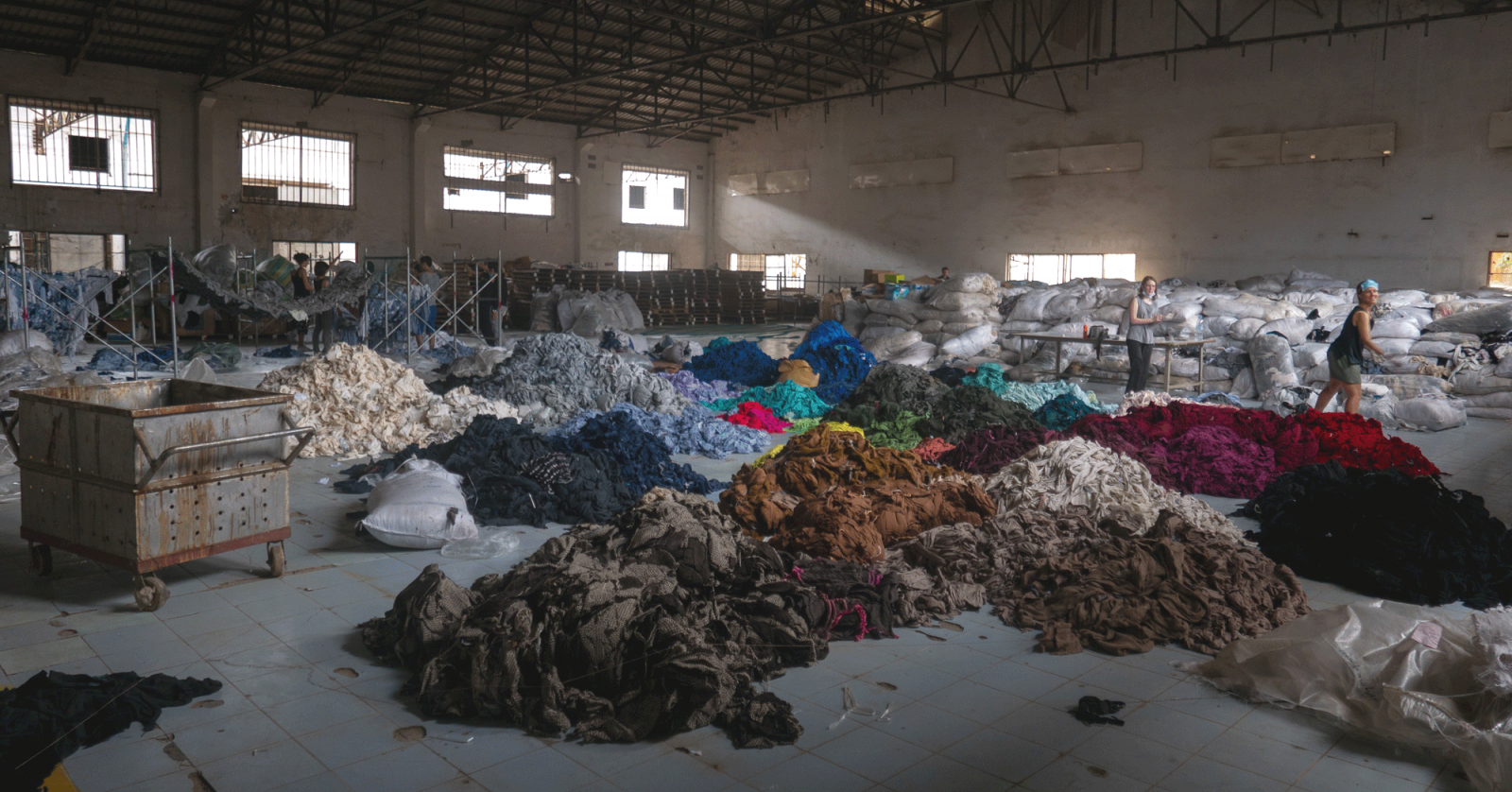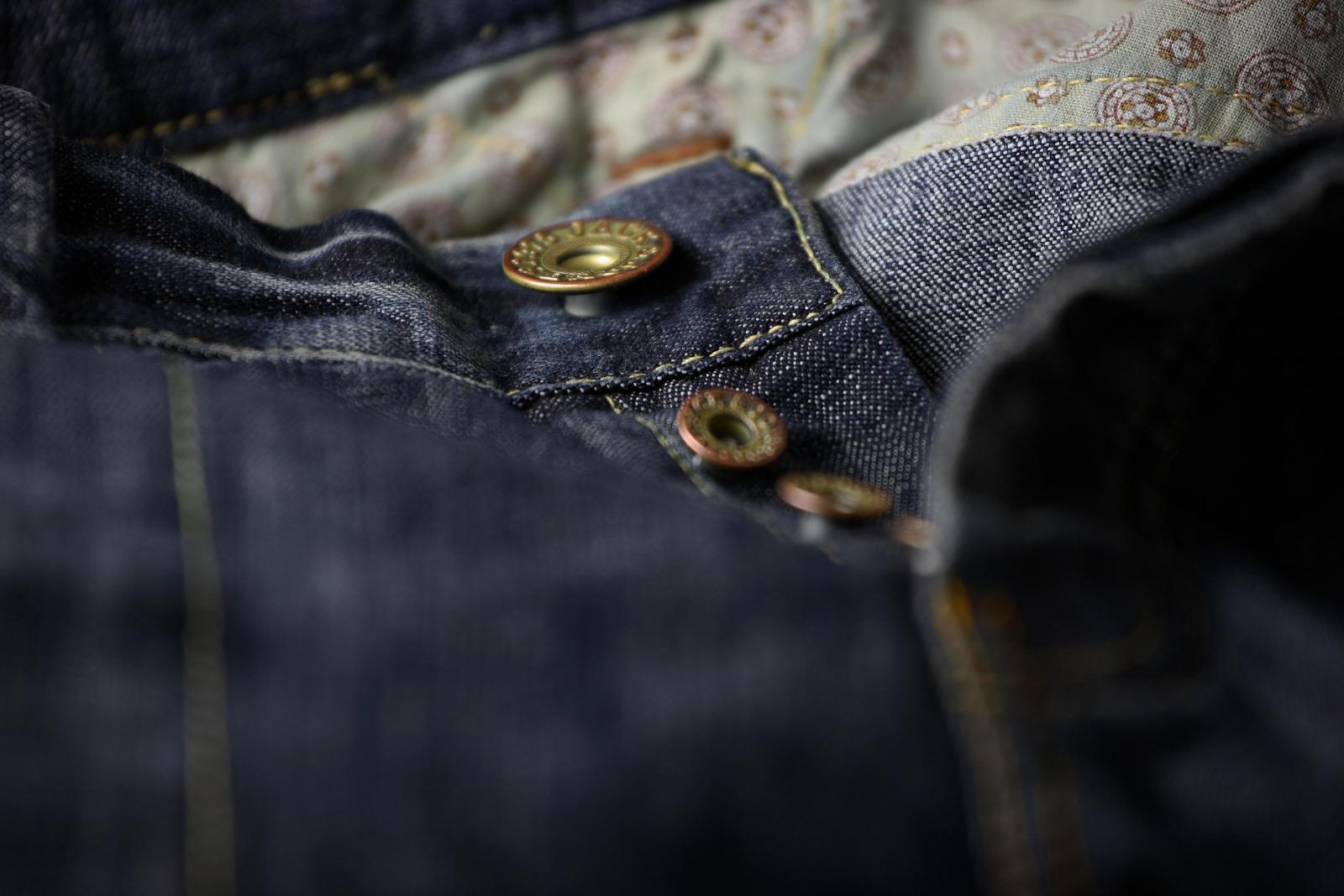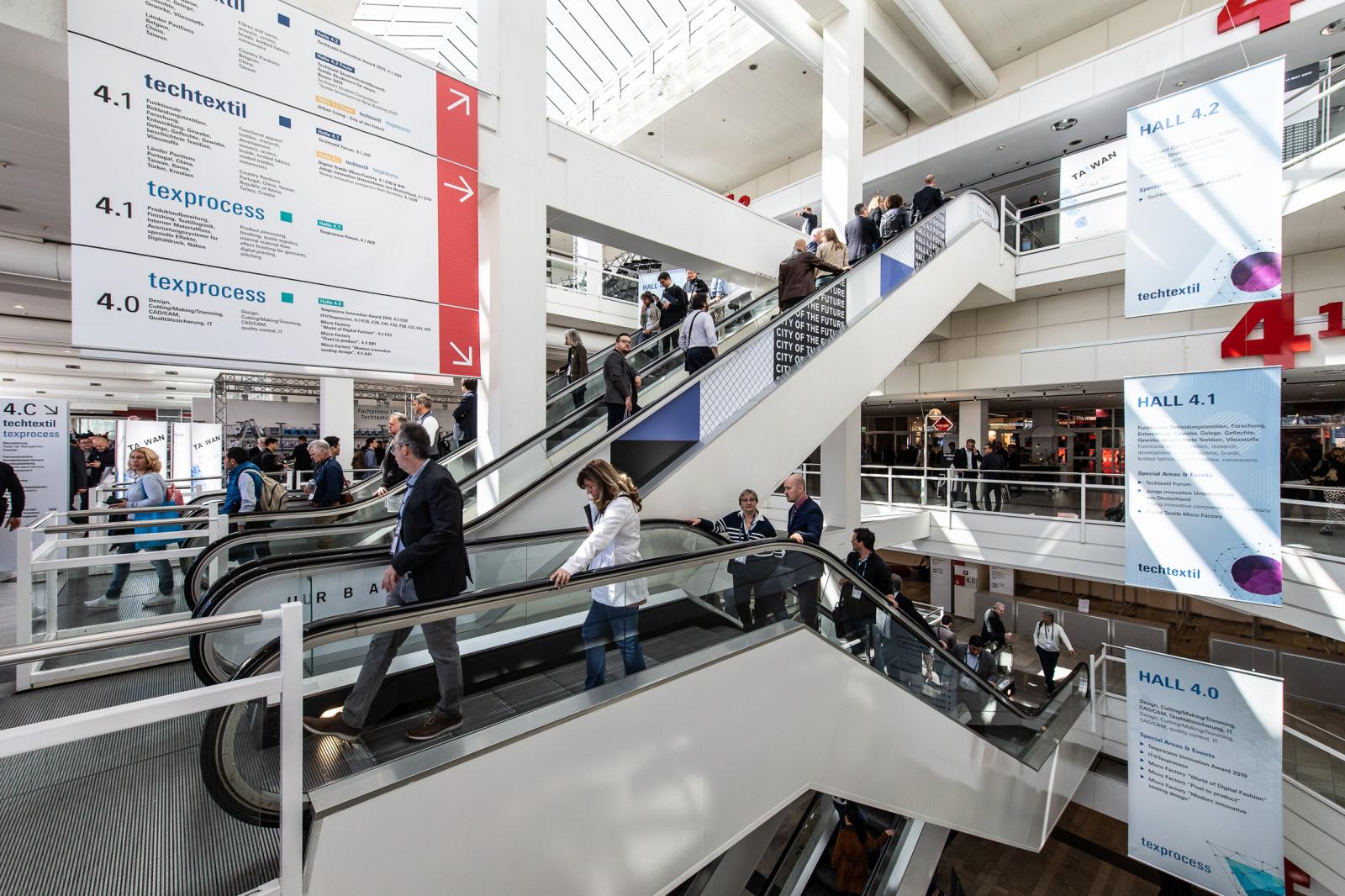Study: More investment needed in fiber-to-fiber recycling infrastructure
Fiber-to-fiber textile recycling legislation and policies are steadily increasing and are one of the key strategic components to support the transition to a circular economy in the fashion industry.
At the same time, the demand for an infrastructure for collecting, sorting and recycling end-of-life textiles is likely to increase across the EU. Adapting this infrastructure will require significant investment. In order to plan these holistically in the future, it is necessary to understand both the characteristics of the used textiles available on the European market and the business case for monetization through recycling.
Fashion for Good, the global initiative for sustainable fashion presented on September 27, 2022 the final report on the project "Sorting for Circularity Europe", which was launched in May last year with the aim of filling knowledge gaps and studying materials in depth. The project aims to analyze the types of waste generated, the quantities available as raw material for recycling, and the potential for channeling textile waste as raw material for innovative solutions. The report provides preliminary meaningful information on the basis of which informed decisions can be made for further investments, policy developments and next steps towards a circular economy.
Overall, the Sorting for Circularity Europe study concludes that in six European countries - Belgium, Germany, the Netherlands, Poland, Spain and the United Kingdom - 494,000 tons, or 74%, of low-value post-consumer textiles are readily available and suitable for closing the loop in the apparel and textile sector each year.
This presents promising opportunities for value recovery through mechanical and chemical recycling, diverting textiles from less circular uses such as downcycling to nonwovens, insulation or filling materials, the wipes industry and incineration. This equates to a potential value gain of EUR 74 million per year if sorted textiles are reintroduced into the textile value chain.
By using innovative near-infrared (NIR) technology to determine the composition of garments - a task traditionally performed manually - the project analyzed 21 tons of used clothing. The on-site surveys took place over two periods, fall/winter 2021 and spring/summer 2022, to account for seasonal changes in garments entering sorting facilities. The project focuses on textiles that cannot be reused in their original form and are therefore considered "non-reusable" and textiles that can only be resold at low prices = "low-value reusable textiles".
Cotton is the predominant fiber with 42%, although a relevant share of this category could be elastane. Cotton is followed by a high proportion of material blends (32%), of which almost half are polycottons (12%). Based on three characteristics: material composition, presence of interfering factors such as zippers and buttons, and color, 21% of the materials studied were considered suitable for mechanical recycling, while 53% appeared suitable for chemical recycling. However, the removal of interfering materials for chemical recycling must be technically and financially feasible, otherwise only about one-fifth of the total potential feedstock would be eligible for chemical fiber-to-fiber recycling.
The amount of low-value textiles collected is expected to increase, partly due to increasing consumption and disposal, but also due to new legislation, such as the Waste Framework Directive, which requires separate collection of textiles across Europe by 2025. However, the current and future potential of these textiles for the circular economy is difficult to exploit; raw material prices for current uses (e.g. wipes) are sometimes more economical than fiber-to-fiber recycling prices. This could change if current recycling technologies are scaled up and further investments are made to integrate operations such as automatic sorting and the removal of impurities in the sorting process.
Overall, a solid business case for low-value textile sorting is needed to maintain and increase sorting capacity in Europe. This also highlights the need for increased investment in infrastructure that can sort and prepare textiles for reuse and recycling. To support the maintenance and further expansion of this sorting capacity in Europe, policy and future legislation will play a key role in ensuring the environmental, social and financial sustainability of these stages of the apparel and textile value chain.
Based on the project results, the authors make the following recommendations:
For collectors, sorters and recyclers
- Use of the sorters' handbook and the report "Sorting for Circularity Europe" as a guide to conduct further trials and to continue building knowledge on fiber composition, sorting and recycling processes. This could be further supported by local authorities, industry and civil society dealing with textile or household waste streams.
- Open access to trials and data that can support and guide investment in the necessary infrastructure.
- Update and use the recycler database to increase knowledge of mechanical and chemical recycling destinations.
- Joining digital platforms such as Reverse Resources and Refashion Recycle to tap into and connect the supply of and demand for post-consumer textiles.
For brands and manufacturer
74% of low-value used textiles could be used as raw material for recycling. While this is a significant proportion, there still remains 26% that cannot be recycled due to their composition, the presence of multiple layers and/or non-removable contaminants.
- Priority for the design of an appropriate life cycle.
For products designed for longevity, there should be a strong focus on durability and long-term performance. Ultimately, recycling textiles in line with the waste hierarchy should be the last resort and not the goal in itself. - Further commitment to adopt circular design practices that prioritize mono-materials, reduce disruptive factors as much as possible, and include recycled fibers in the product portfolio, as required by the Ecodesign Regulation for sustainable products in the European Union.
For policy makers
Sorting companies in European countries run the risk of not being able to continue their business as usual if the share of these low-quality textiles in the collected volumes continues to increase. In addition, current sorting and logistics costs may pose a financial challenge for chemical recyclers to acquire these textiles in large volumes.
- Consider the introduction of Extended Producer Responsibility (EPR) schemes with sufficient financial support to alleviate pressure on the business base of sorting companies to manage future volumes of collected textiles.
- Introduce an environmental subsidy to lower the price of recycled fiber as the industry expands. This subsidy could alleviate cost pressures on recyclers, potentially facilitating the purchase of non-renewable raw materials at prices competitive with other commercial destinations such as wipes.
- Introduce legislation at different stages of the clothing and textile life cycle to influence the potential for recycling the non-depletable portion of PCT (post-consumer textiles), such as the introduction of mandatory eco-design requirements that include a fiber-to-fiber recyclability perspective for products.
- Assessment of any unintended consequences that might result from setting mandatory targets for preparation for reuse and recycling (to be considered by the European Commission by 2024).
- Align rules on sorting criteria for reuse and recycling across the EU to help harmonize standards and requirements of the sorting industry for preparing textiles for reuse and recycling.
- Examining how digital labeling and product passports can improve the traceability of materials in the textile value chain at the end of their useful life in the long term.
For consumers
Purchasing and disposal decisions also have an impact on the end of the use of textiles. Priority should be given to purchasing products made of a single material or blends that are limited to two components, as well as aesthetic decorations and accessories. Clothing and home textiles must be disposed of according to regulations. To extend the life of products, repairing, reselling and exchanging are options.
circular economy circular fashion chemical recycling Recycling mechanical recycling
Fashion for Good; Circle Economy





